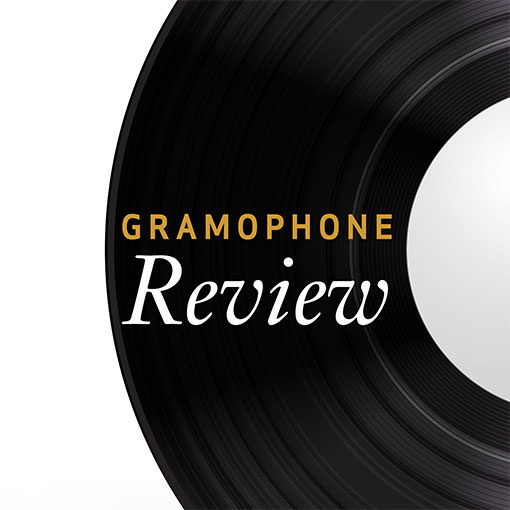Sibelius: Orchestral Works
View record and artist detailsRecord and Artist Details
Composer or Director: Jean Sibelius
Label: Red Seal
Magazine Review Date: 6/1989
Media Format: Cassette
Media Runtime: 0
Mastering:
DDD
Catalogue Number: RK87822

Tracks:
| Composition | Artist Credit |
|---|---|
| Symphony No. 5 |
Jean Sibelius, Composer
Finnish Radio Symphony Orchestra Jean Sibelius, Composer Jukka-Pekka Saraste, Conductor |
| En Saga |
Jean Sibelius, Composer
Finnish Radio Symphony Orchestra Jean Sibelius, Composer Jukka-Pekka Saraste, Conductor |
| Tapiola |
Jean Sibelius, Composer
Finnish Radio Symphony Orchestra Jean Sibelius, Composer Jukka-Pekka Saraste, Conductor |
Composer or Director: Jean Sibelius
Label: Red Seal
Magazine Review Date: 6/1989
Media Format: CD or Download
Media Runtime: 67
Mastering:
DDD
Catalogue Number: RD87822

Tracks:
| Composition | Artist Credit |
|---|---|
| Symphony No. 5 |
Jean Sibelius, Composer
Finnish Radio Symphony Orchestra Jean Sibelius, Composer Jukka-Pekka Saraste, Conductor |
| En Saga |
Jean Sibelius, Composer
Finnish Radio Symphony Orchestra Jean Sibelius, Composer Jukka-Pekka Saraste, Conductor |
| Tapiola |
Jean Sibelius, Composer
Finnish Radio Symphony Orchestra Jean Sibelius, Composer Jukka-Pekka Saraste, Conductor |
Author: Robert Layton
Apart from the symphony, this CD offers tone-poems from opposite ends of Sibelius's career. Ash enazy (Decca) also offers
Karajan's 1984 DG version is undoubtedly one of the most powerful, unleashing as it does all the terror of the black Nordic forests. There are few—apart from Beecham and Koussevitzky both nla, and in more recent times Sir Colin Davis on his four-disc Philips set 416 600-2PH4, 11/86—who can match let alone surpass this. In the meantime Saraste's latest record deserves a welcome and his Fifth Symphony can be recommended alongside those of Ashkenazy and Berglund (EMI) though not in preference to the Rattle (Philharmonia) or two Karajan versions.'
Discover the world's largest classical music catalogue with Presto Music.

Gramophone Digital Club
- Digital Edition
- Digital Archive
- Reviews Database
- Full website access
From £8.75 / month
Subscribe
Gramophone Full Club
- Print Edition
- Digital Edition
- Digital Archive
- Reviews Database
- Full website access
From £11.00 / month
Subscribe
If you are a library, university or other organisation that would be interested in an institutional subscription to Gramophone please click here for further information.





